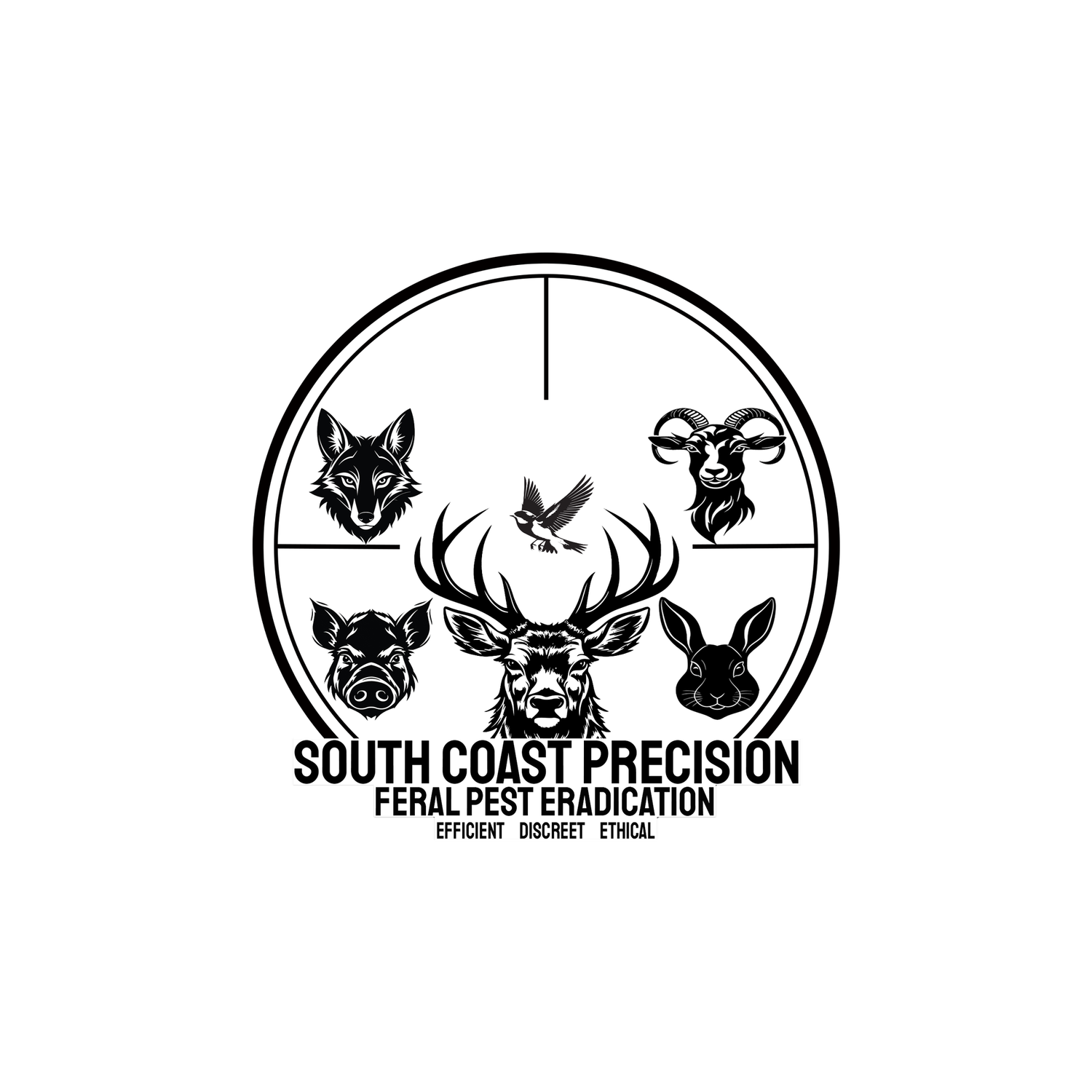
Feral PigsPigs
Scientific Name: Sus scrofa
Common Names: Feral Pig, Wild Boar
History:
Feral pigs (Sus scrofa) are descendants of domesticated pigs, originally brought to Australia by European settlers in the late 18th century to farm as a source of food.
Today's feral pigs escaped or were abandoned, reverting to a wild state over many generations. Their presence has rapidly expanded here in Australia, where they have become one of our most widespread and destructive invasive species.
Initially confined to specific areas, such as those where settlers first introduced them, feral pigs have now spread throughout Australia. They thrive in various environments, from tropical rainforests and woodlands to dry, arid outback regions.
Over time, feral pigs have established significant populations, with exceptionally high numbers in Queensland, New South Wales, the Northern Territory, and parts of Western Australia. Their ability to adapt to various habitats has allowed them to become a significant pest species across much of the country.
Ecology:
Feral pigs are opportunistic omnivores with a varied diet, their monogastric (one stomach) digestive system allows for this. They feed on roots, tubers, grasses, seeds, and fruits. They also consume small animals, insects, and carrion, making them highly adaptable and capable of surviving in various environments.
In agricultural areas, they often damage seasonal crops, such as grains, vegetables, and fruits. Their feeding behaviour is destructive, mainly due to their rooting habits, which involve using their snouts to dig up large areas of soil in search of food.
There have also been reports of feral pigs taking freshly born lambs and young goats (kids) whom are super fragile, although this is very rare.
Feral pigs are highly prolific breeders. Females (sows) can breed year-round, although there is a peak during the wet season where pig populations can increase by 85% according to the DPI. They typically have large litters, with 4 to 10 piglets per litter, and can produce up to two litters yearly.
Their gestation period is around 115 days, and piglets are born fully developed with their eyes open and can start eating solid food shortly after birth. Female pigs reach sexual maturity at around 7 to 12 months or 25-30kg, while males (boars) mature later, typically at 18 months. Boars will also grown large tusks which are razor sharp, capable of inflicting serious damage to anyone or other pigs when fighting for food or mating rights.
Boars (male pigs usually weigh in at on average 80-100kg and sows (females) are around 60-70kg.
Impacts:
Pigs are known for their destructive behaviour, particularly their rooting habits, which cause significant damage to soil, vegetation, and native habitats. Their aggressive foraging destroys plant roots and uproots vegetation, hampering plant regeneration and degrading habitats for other wildlife.
This can reduce biodiversity as native plant species struggle to survive in areas disturbed by feral pigs. Their digging also leads to soil erosion, especially in areas with fragile ecosystems, further exacerbating environmental damage.
Additionally, their activities near water sources increase sedimentation in rivers and streams, negatively impacting water quality and aquatic habitats.
Beyond crop damage, feral pigs compete with livestock for resources such as grazing land and water, which can strain farm operations, particularly in areas with limited resources. Their rooting and digging behaviour will also destroy pasturelands, negatively affecting farming yields and costs.
Feral pigs are major competitors for food and habitat, with native herbivores, such as kangaroos, wallabies, and emus. By consuming large quantities of vegetation, they reduce food availability for these native species, which can lead to declines in their populations.
Furthermore, the disruption of habitats, particularly for ground-nesting birds which they will consume the eggs of and small mammals, exacerbates the ecological damage caused by feral pigs.
In areas where pigs live close to the ocean, they are also known to disrupt the nests of laid eggs by female Sea turtles whom are classed as endangered and take years to reach breeding age.
Feral pigs are vectors for several diseases affecting wildlife, livestock and people (zoonotic – can transfer from animals to people). Some of the most notable diseases they carry include:
Foot-and-Mouth Disease
Brucellosis
Leptospirosis
Swine Influenza
Murray Valley Encephalitis
Hydatid
Liver fluke
Control methods:
Aerial and ground-based shooting are the primary methods to control feral pig populations. Aerial shooting is efficient in remote areas where large-scale control efforts are needed.
Ground-based shooting is also standard in agricultural areas or places where feral pigs cause significant damage. Trained professionals, landowners, and hunters often carry out these control measures.
Trapping is a widely used method, especially in populated or agricultural areas. Large-scale trapping efforts aim to capture feral pigs and remove them from the environment; once trapped, the animal is euthanised with a firearm.
Poison baiting is another technique employed, although it carries risks, including the unintended poisoning of non-target species.
Fencing can prevent feral pigs from entering certain areas, such as conservation zones or agricultural fields. While somewhat effective, this method can be expensive and may only sometimes provide a foolproof solution.
Hear a wild pig in the video below!





